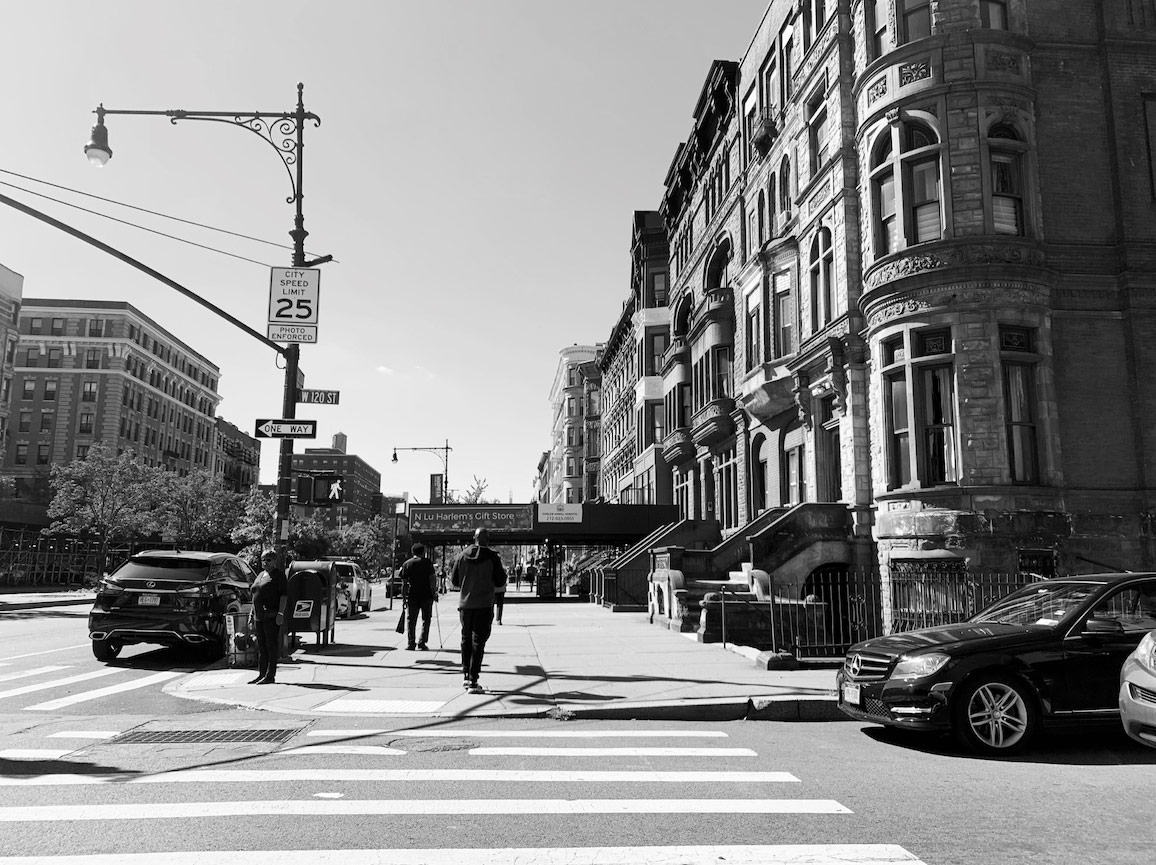Desegregate Homeownership
Jerrod Delaine
John Shapiro, Project Advisor
Ebru Ilter, MS Real Estate Practice ‘21
Albert Matlock
School of Architecture, Construction /Facilities Management, Real Estate Practice
The Covid-19 outbreak in America in the spring of 2020 has disproportionately impacted the Black community in America, exposing long-standing vulnerabilities. This impact has shed a long-overdue light on the connection between wealth, health, housing, and race in America. The epidemic itself did not create the disproportions of this disaster; housing policy installed and uncorrected over generations of American history did.

The US Federal Housing Administration, established in 1934, practiced a policy called “redlining.” This practice outlined areas that can receive government-backed mortgage financing for homeownership, and these areas strategically did not include African American communities. At the same time, the FHA provided incentives for builders who created homes in approved communities that prevented sales to African American home purchasers. This program encouraged and sustained segregated suburban communities across America. In the decades that followed, Americans would build the most significant source of wealth known in human history, primarily attributed to single-family homeownership. African American families did not enjoy this wealth creation event.
Current housing policies do not provide incentives that encourage homeownership from communities that were previously and purposely castigated through redlining. In those same communities, health conditions have deteriorated from generations of underinvestment. Many African Americans who live in government-subsidized housing find themselves in unhealthy housing accommodations without the financial means, encouragement, or assistance needed to leave. Their homes are affordable but will not build wealth for their future generations. In addition, America’s high healthcare costs prevent many from accessing proper treatment.
This research explores what extent financial incentives encourage communities to improve diversity in homeownership. And, in turn, to what extent that will improve the community physically, socially and economically.